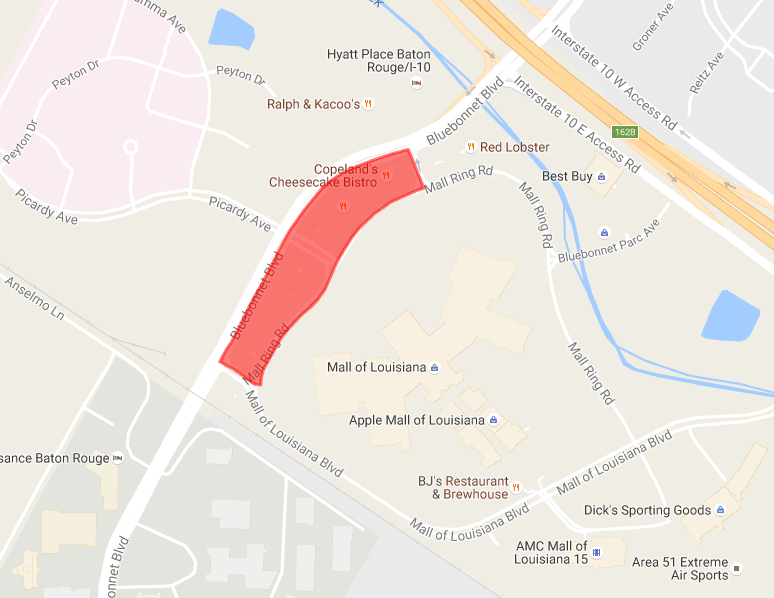In 2024, you could argue that recent technological advancements are as pivotal as ever in growing the construction industry.
- The world's tallest buildings, like the Burj Khalifa in Dubai, are created with 3D models that identify design flaws before a shovel even enters the ground.
- Reality Capture Analysis solutions help manage ongoing design changes and the resulting deviation analysis so changes can be made accurately and reliably.
- The proliferation of IoT devices like digital twins or Hololens give us access to minutiae in infrastructure management that were before resource-intensive activities.
But That's Not In the Budget... Right?
Shiny new tools are great, but the price tag for new technology can be prohibitive from making the investment. Especially with projects seeing new construction spending slowing down to just over 1% projected growth in 2025, it is a challenge to sell an executive board on taking advantage of something like Reality Capture Analysis.
This then turns the conversation inward. With industry growth potentially stalling, meaning the likelihood of a lack of extended technology investments, are there any existing modes of operation that can be altered to extend competitive advantage while staying under budget?
There are many common challenges that can affect bottom-line revenues on a given construction project:
- Project delays that can escalate into disputes
- Unsubstantiated claims from project partners that can lead to disagreements
- Labor shortages which can lead to an increase in multi-tasking on back-office work
- Risk allocation from clauses in contracts that vary from standard templates
- Lack of timely payments, both incoming and outgoing
- Reaction to bid time or time taken to create and draft proposals
Streamlining Like Never Before
What if you could solve these issues with technology? What if you could get paid on jobs faster, get proposals out quicker, or understand where common conflicts arise and build out contingency plans before these occur? This is where Process Automation can play a significant role in unplanned ROI, specifically from the Microsoft Power Automate Process Advisor tool.
Process Automation can streamline construction workflow like material requisition, permits to dig, health and safety checks, and the onboarding of contractors or subs. What's more is you can specifically dial into the existing process of something like onboarding and understand where there are current bottlenecks to automate a solution exactly at the point of slow down, rather than take a hammer (😊) to the whole process.
Robotic Process Automation is also increasingly common for construction back-end offices to augment the human workforce and eliminate the need for highly skilled people to do repetitive, low-value activities. The aforementioned labor shortage issues are causing highly skilled workers to take on requirements that aren't necessarily theirs; chipping in is great, but doing so for mundane tasks like order entry can lower morale and increase the possibility of human error.
Process Advisor from Microsoft is built on Power FX, meaning if you have experience building spreadsheets in Excel, you can build out these new automations. With powerful reporting capabilities, too, you can show your board of directors or partners in real time the savings you are recognizing through these small tweaks in your processes.
As a leading Microsoft Power Platform partner, Sparkhound has helped construction firms and other professional services companies do more with less with Process Advisor. If you are interested in learning more, contact us today.
Share this
You May Also Like
These Related Stories
%EF%B9%96width=1920&height=1080&name=MicrosoftTeams-image%20(22).png)
How Automation Can Reduce Work Stress
-1.png)
How to Optimize Your Business Processes Through Automation
